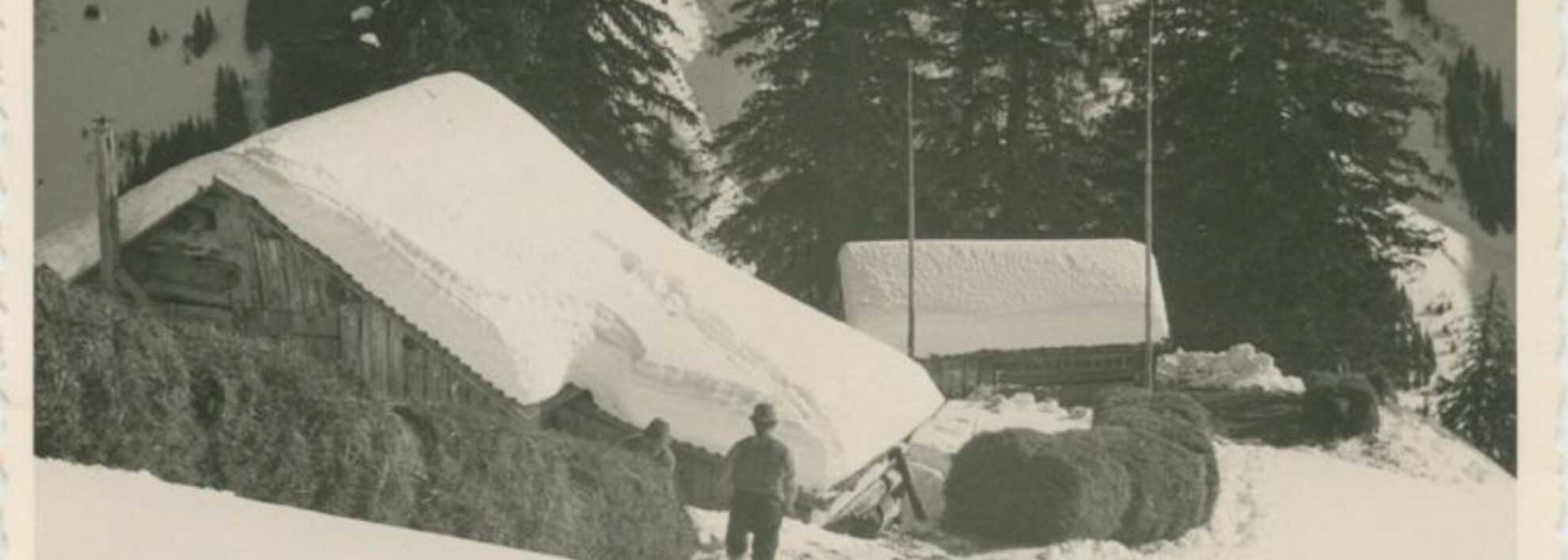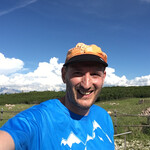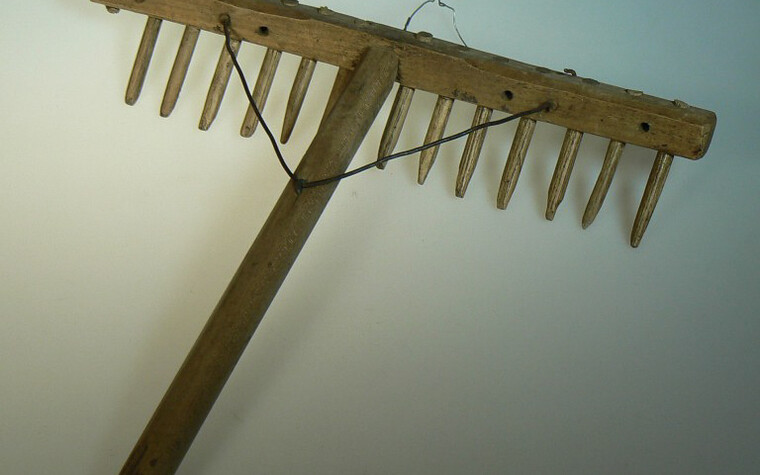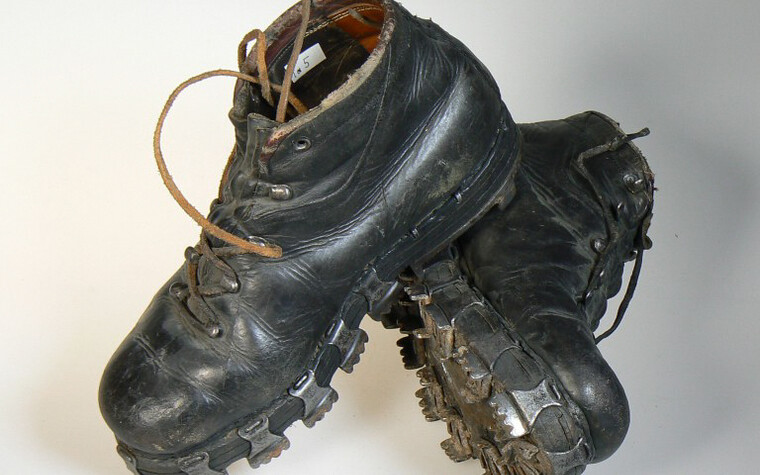
07 Jul. 2017 · Culture

Stefan Heim
Looking Back on the Haizuug
Agriculture used to be the mainstay of existence for the Walser people and in fact the whole of the Kleinwalsertal region. Cattle and dairy farming played a crucial role as it is not possible to grow cereal crops in the valley.
Stefan Heim is the Director of Walser Museum and chronicler of life in the municipality of Mittelberg. Along with other interested parties, he is currently coordinating and developing a new concept for the Walser Museum.
To find out more about the changes that are being made to the museum, please refer here to the article BAUSTELLE: MUSEUM and to the MUSEUM: GUCKLOCH (looking through the peephole).








Share page...
...and tell others